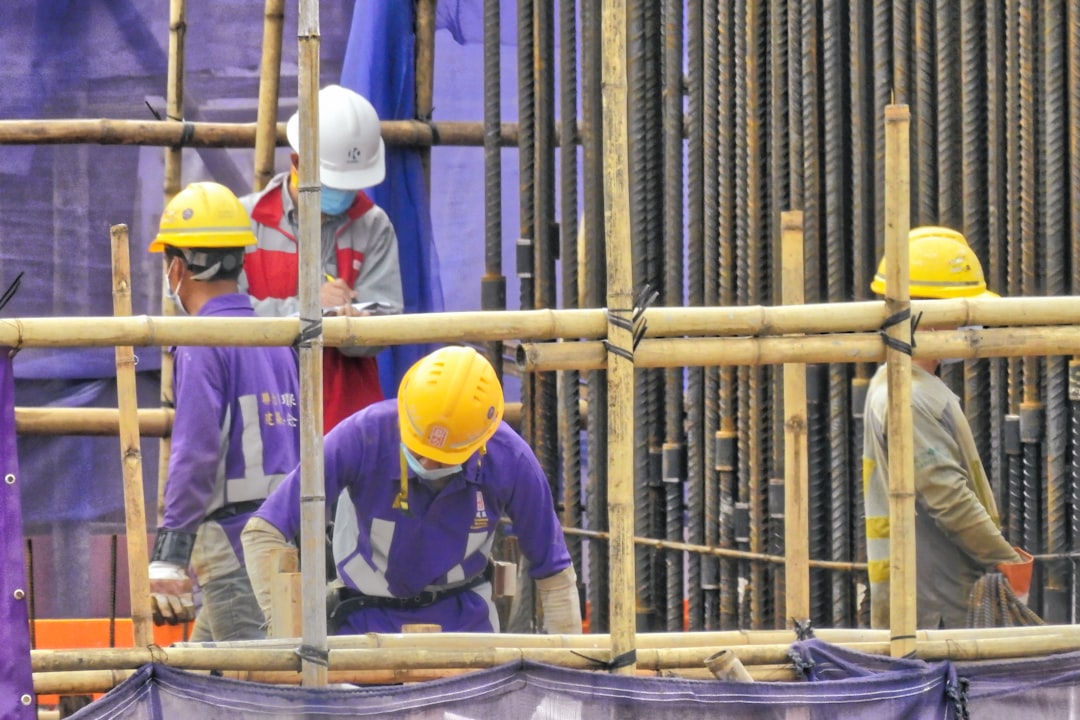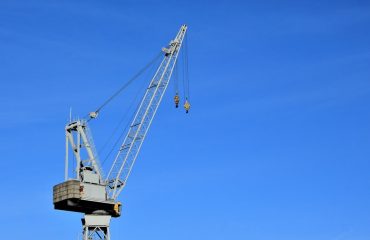body {
font-family: sans-serif;
line-height: 1.6;
}
h1, h2, h3 {
color: #333;
}
h1 {
font-size: 2.5em;
}
h2 {
font-size: 2em;
}
h3 {
font-size: 1.5em;
}
Steel is a ubiquitous material in modern civil engineering, forming the backbone of countless structures from skyscrapers to bridges. A strong understanding of steel design, fabrication, and construction is therefore paramount for any aspiring or practicing civil engineer. This comprehensive guide explores the essential aspects of steel training for civil engineers, highlighting key areas of knowledge and expertise.
Understanding Steel Design Principles
Steel design isn’t simply about selecting the right size beam; it’s a complex interplay of structural analysis, material properties, and relevant design codes. Training in this area should cover topics like:
- Stress-Strain Relationships: Grasping the elastic and plastic behavior of steel under load is crucial for accurate design. This includes understanding yield strength, ultimate tensile strength, and the concept of ductility.
- Load Paths and Analysis: Engineers must be proficient in analyzing structural loads (dead loads, live loads, wind loads, seismic loads) and determining the resulting stresses and deflections within steel members. Methods like Finite Element Analysis (FEA) are increasingly important.
- Design Codes and Standards: Familiarity with relevant codes like AISC (American Institute of Steel Construction) and Eurocode 3 is essential. These codes provide detailed design requirements and safety factors.
- Connection Design: The design of connections (e.g., welds, bolts) is critical to the overall structural integrity. Understanding different connection types, their strengths, and limitations is crucial.
- Stability and Buckling: Steel members can fail due to buckling under compressive loads. Training should cover methods for assessing and mitigating buckling risks.
Steel Fabrication Processes and Techniques
A civil engineer needs a practical understanding of how steel structures are fabricated. This involves knowledge of various processes and techniques:
- Cutting and Shaping: This includes methods like flame cutting, plasma cutting, laser cutting, and cold forming, each with its own advantages and limitations.
- Welding: Different welding techniques (e.g., SMAW, GMAW, FCAW) have varying strengths and applications. Understanding weld quality, inspection, and non-destructive testing (NDT) is vital.
- Bolting and Fastening: Proper bolting procedures and the selection of appropriate fasteners are crucial for ensuring structural integrity. This also includes understanding different bolt types and their applications.
- Surface Treatments: Protecting steel from corrosion is essential. Training should cover different surface treatments like painting, galvanizing, and other protective coatings.
- Quality Control and Assurance: Understanding quality control procedures throughout the fabrication process is necessary to ensure compliance with design specifications and safety standards.
Steel Construction Methods and Practices
On-site construction requires a detailed understanding of safe and efficient practices:
- Erection Techniques: This includes understanding different methods of lifting, placing, and assembling steel members, ensuring safety and efficiency.
- Temporary Supports and Bracing: Temporary supports are crucial during construction to maintain stability and prevent collapse. Understanding the design and implementation of these supports is essential.
- Safety Procedures: Steel construction sites are inherently hazardous. Training must emphasize safety procedures, including fall protection, proper lifting techniques, and hazard identification.
- Site Management and Coordination: Effective site management and coordination between different trades are crucial for timely and efficient construction.
- Inspection and Quality Control: Regular inspection during construction is necessary to ensure that the structure is being built according to the design specifications and safety standards.
Advanced Steel Design Concepts
Beyond the fundamentals, advanced training can delve into specialized areas:
- Seismic Design: Designing steel structures to withstand seismic activity requires specialized knowledge of seismic loads and design techniques.
- Finite Element Analysis (FEA): FEA software is widely used for complex structural analysis. Proficiency in FEA is highly valuable for advanced steel design.
- Cold-Formed Steel Design: Cold-formed steel sections have unique design considerations compared to hot-rolled sections.
- Composite Steel-Concrete Structures: Combining steel and concrete can create efficient and high-performance structures.
- Sustainability in Steel Design: Understanding the environmental impact of steel and exploring sustainable design practices is increasingly important.
Finding the Right Steel Training Programs
Numerous institutions and organizations offer steel training programs for civil engineers. Look for programs accredited by relevant professional bodies and offering a blend of theoretical knowledge and practical experience. Consider factors like the program’s curriculum, instructors’ expertise, and the availability of hands-on training opportunities. Online courses, workshops, and professional development programs can supplement formal education and keep your skills current.
Investing in comprehensive steel training is a crucial step in advancing your career as a civil engineer. The demand for skilled professionals in this field remains high, and a strong understanding of steel design and construction will set you apart in a competitive market.
Tags: Steel training, Civil engineering, Steel design, Steel construction, Steel fabrication




